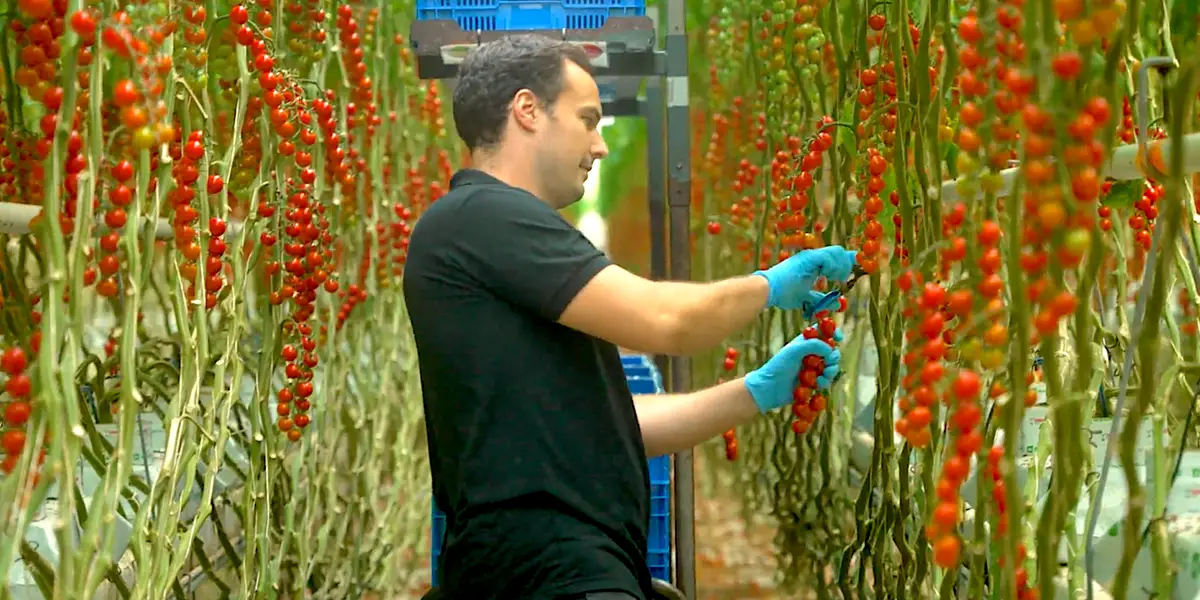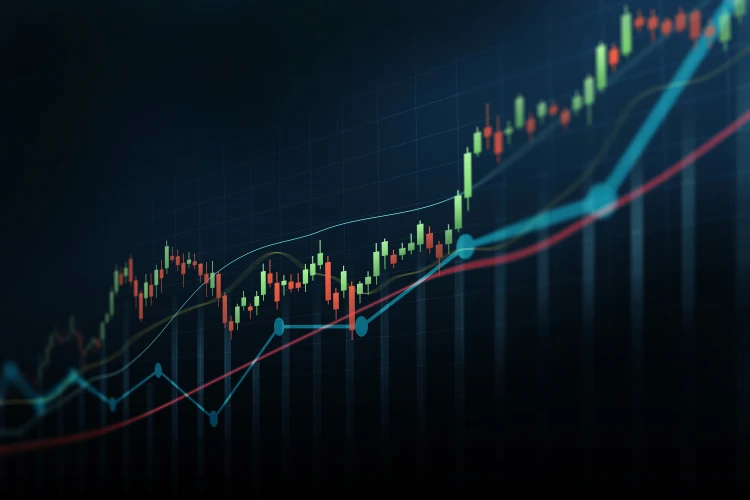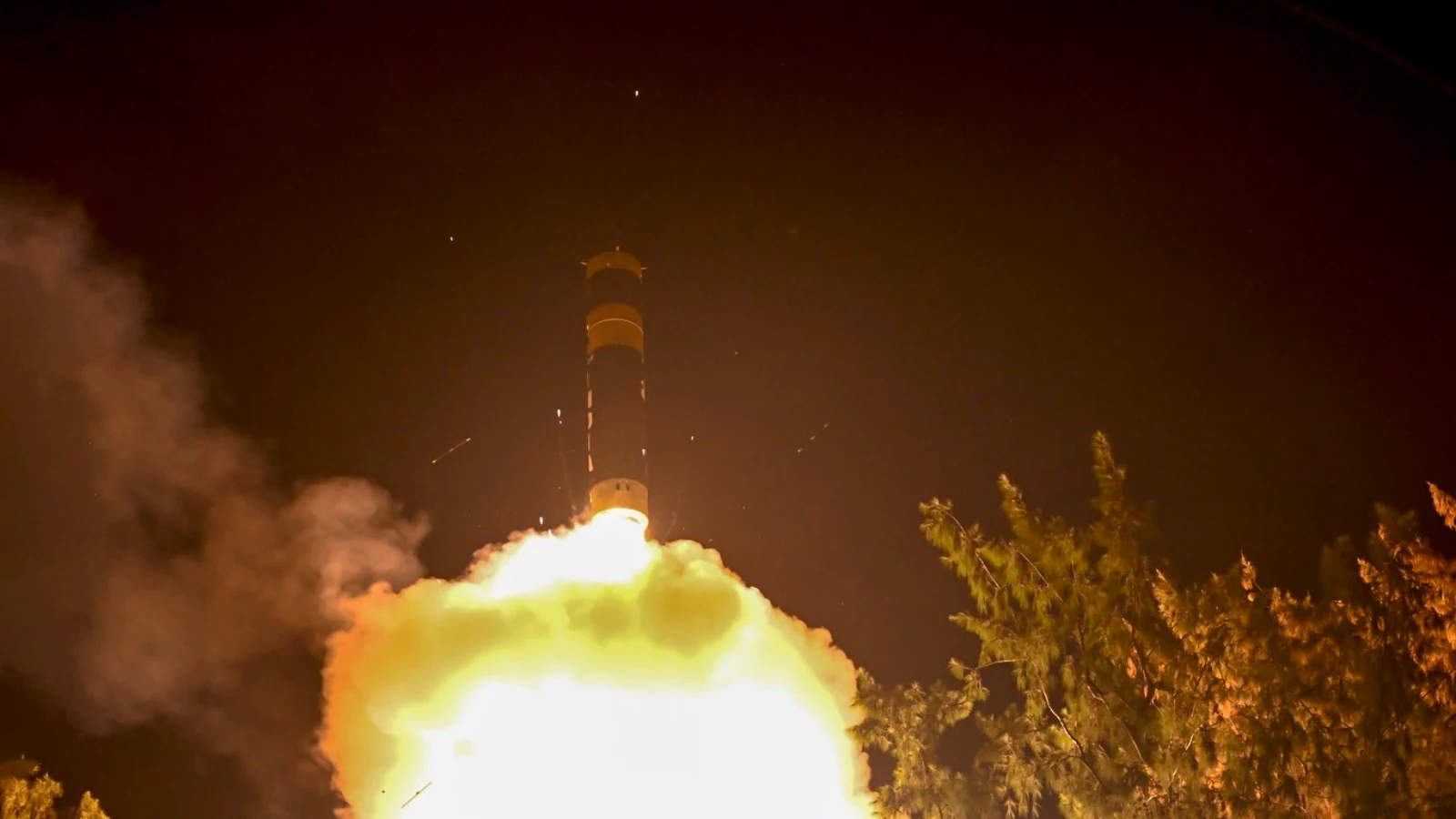
The Netherlands dedicates more than half of its land to farming. While its climate is relatively mild, it can’t grow certain crops like tomatoes year-round in outdoor fields. So, it relies on massive greenhouses to grow billions of pounds of the red fruit and other crops year-round.
The Westland region in the Netherlands has one of the largest concentrations of greenhouses worldwide that are also some of the world’s most efficient, using climate control, water recycling, and energy-efficient LED lighting to grow more crops faster than most places on Earth.
Overhead, efficient LED lights mimic the sun and help create optimal growing conditions year-round, speeding up plant growth.
These LEDs run on almost half the electricity as a high-pressure sodium lamp.
After dark, the powerful lamps light up the horizon in orange, purple, and green hues.
This greenhouse, belonging to the family-owned Dutch company Looye Kwekers, houses thousands of tomato plants.
The plants grow close to a foot a week by climbing up strings that hang from the ceilings.
Farmers take scissor lifts to the top each week, lower the strings by a foot, and wrap the tips of the tomato plants around the new string, so they’ll keep growing.
Computers manage everything from lighting and temperature to watering schedules, but pruning and harvesting are still done by hand.
That’s because machines have a hard time seeing the fruit through the plants’ thick foliage.
There’s growing interest in replacing more manual labor jobs, like harvesting, with robots in order to reduce labor costs.
Bees pollinate every tomato plant in the greenhouse.
“You cannot do it without them. So they are probably one of the most important tools that we have in our glasshouse,” Stefan Lazar, a cultivation specialist with Looye Kwekers, told Business Insider’s Abby Narishkin during a visit to the Netherlands in September 2023.
When they’re not pollinating, they live in boxes that Lazar calls “bee hotels.” Each bee hotel contains about 800 bumblebees.
Machines sort the reddest and sweetest tomatoes. Then, workers package them by hand.
There’s a tight window to either ship them out to stores or get them into cold storage before they go bad.
Because they’re picked when they’re already ripe, workers have to get them processed, packaged, and into cold store within 24 hours.
It takes 4 liters of water to grow a kilogram of Dutch tomatoes, compared to the global average of more than 200 liters.
Looye Kwekers farmers do this by reusing the water. There’s a drain pipe on each aisle that collects the condensed water sweated off plants, it flows to the end of the aisle where it’s then collected, sanitized, and reused.
Despite being indoors, pests are still a problem in some of these greenhouses. These sticky yellow cards snag some of the intruders. Van Dijk said the pests are attracted to the yellow color.
Van Dijk is working on training computers to read the cards and identify which pests are on them so that growers can take quick action.
“The sooner we detect a pest, the better and easier we can control it biologically,” Van Dijk said. That may include releasing friendly mites that eat the pests.
VD Holland has been using these automated carts since 2007. Like Looye Kwekers, humans harvest the red bell peppers by hand, and then these carts transport them to the processing plant guided by wires in the floor.
On the packaging floor, AI-powered cameras photograph each pepper and compare it to a database of ideal fruit.
That information is then used to sort the peppers by size, weight, shape, and color. The peppers that pass the camera stage go on to packaging.
Some studies estimate that a greenhouse-grown tomato could have six times the carbon footprint of a field-grown one.
That’s because until recently, some of the energy came from Russian gas, but the war in Ukraine forced the Netherlands to cut off imports. So many greenhouses had to look for alternatives.
VD Holland, for example, turned to geothermal energy, investing $46 million, along with a few other growers, to drill. Van Dijk said it has cut the company’s gas consumption in half.



